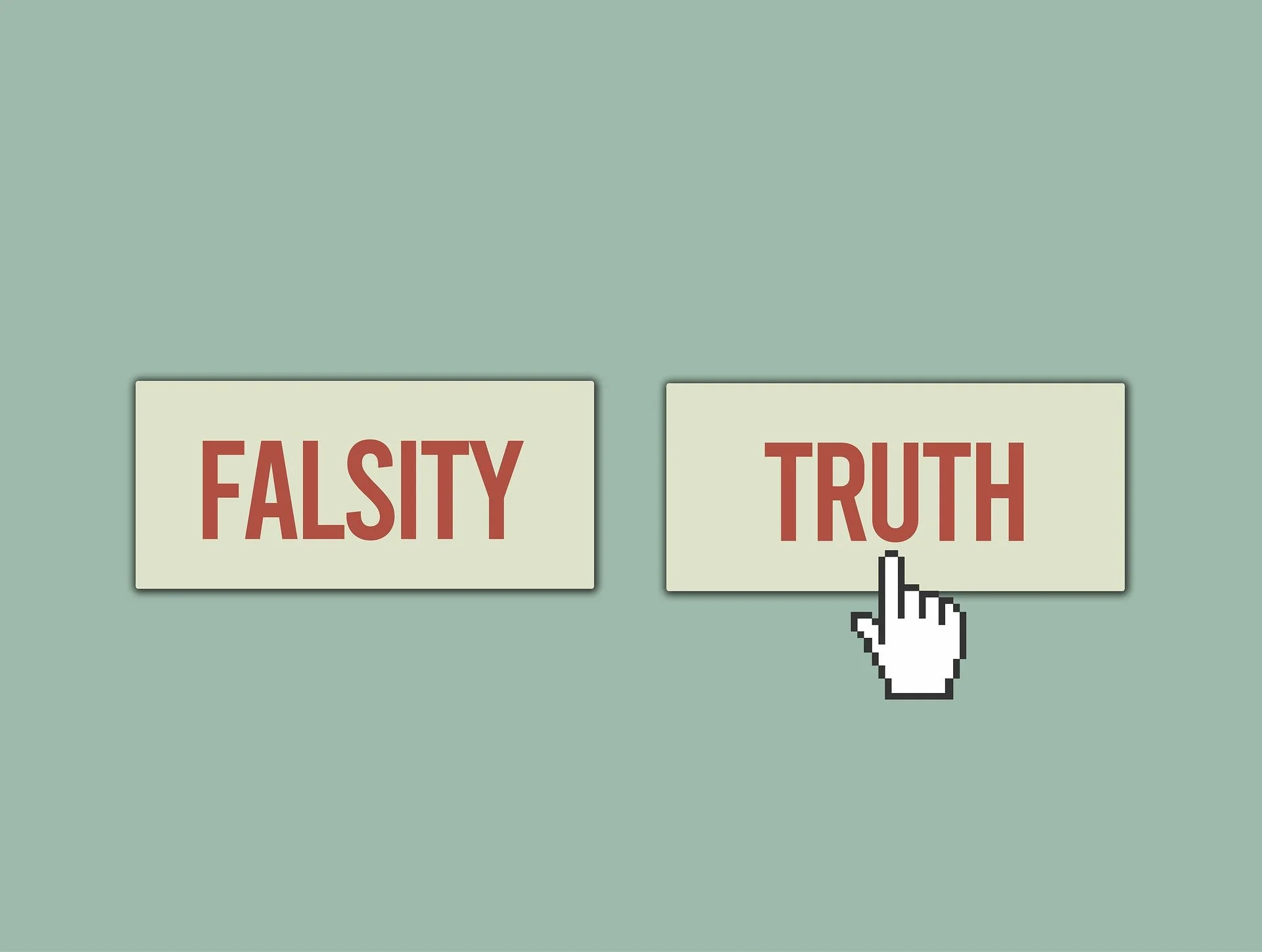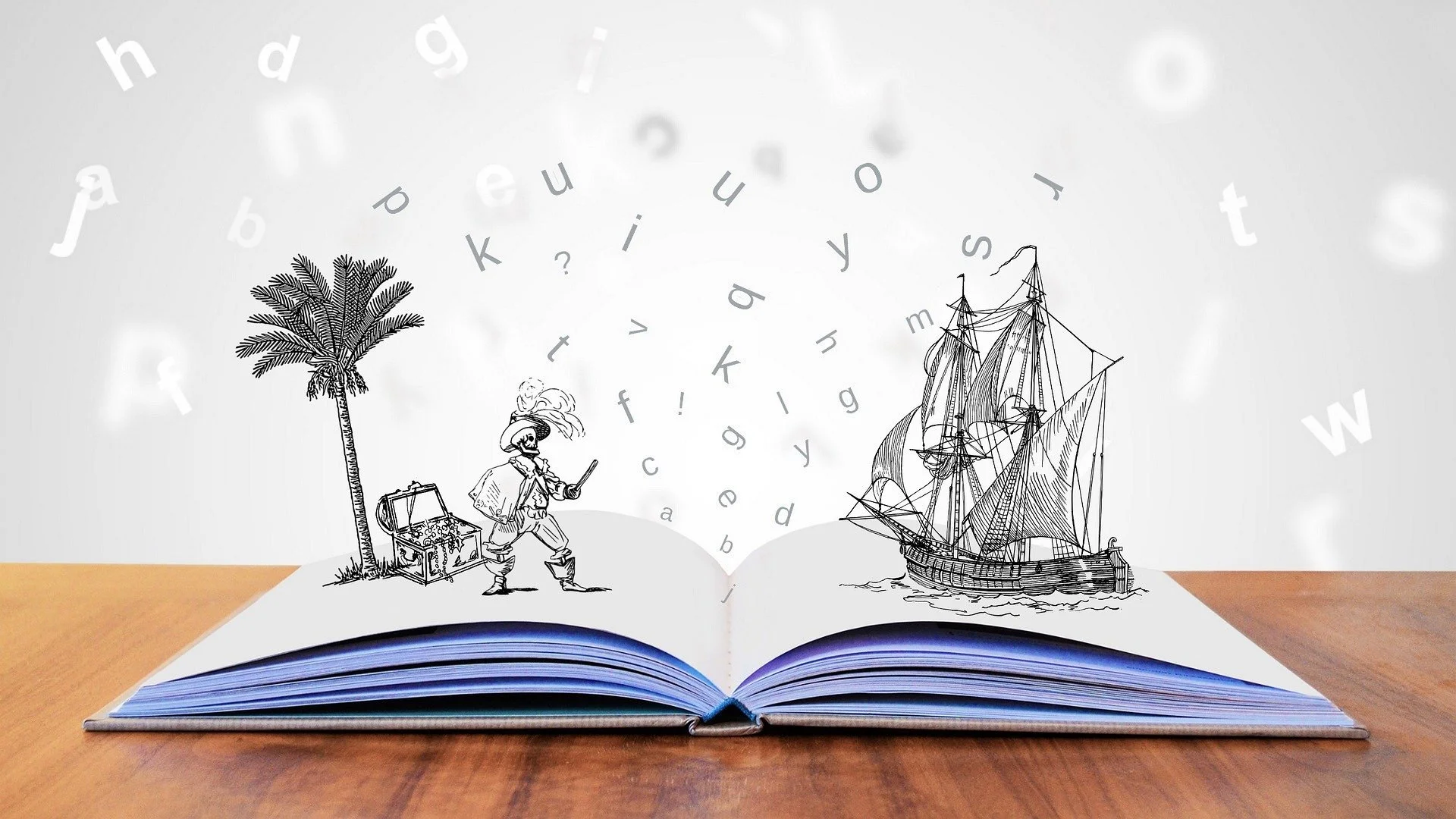Where Storytelling and Data Meet
Why is it that 2 hours at the cinema is a pleasure, but 2 hours watching PowerPoint is torture?
Frankly, it’s down to neuroscience. Data alone only activates two areas of the brain: Wernicke’s area, which deals with language comprehension, and Broca’s area which handles language processing. By implication, data is literally in one ear and out the other.
However, when the brain processes stories it has an entirely different experience. Unlike data, we don’t passively consume a story. We experience it as if it were happening to us and multiple regions of the brain are activated simultaneously.
A series of studies looking at how your brain reacts to fiction confirms what has long been suspected. Becoming involved in a story enables the brain to go through what is happening to the characters - the good, the bad and the ugly.
On that note, when people watching the Clint Eastwood film “The Good, the Bad and the Ugly” had a simultaneous fMRI, the results showed one thing – the emotions of the participants uncannily mirrored the emotions of the characters on the screen.
So, does this mean you have to re-enact a cowboy western at your next Quarterly meeting? Probably not, although a few members of my team would be up for it, but maybe you should consider carefully how you use data to tell a story.
Andy Nairn says in “Go Luck Yourself”, a book with invaluable professional insights and a not safe for work title, that you should treat data like creative rocket fuel. Everyone says that data is the new oil, but often fear treating it as anything other than the preserve of dull statisticians.
We are at a strange moment in time where it’s often assumed that those who are creative are not numerate and those who are numerate are not creative. However, storytelling can often have its greatest impact when it’s grounded in interesting numerical insights.
Take the example of Spotify. As you can imagine with millions of users and an extensive back catalogue, they have some incredible data. One of their most popular ad campaigns included the line “Dear person who played Sorry 42 times on Valentine’s Day, what did you do?”
To conclude, data without storytelling is irrelevant information and storytelling without data is just empty words. If you want to succeed professionally and personally make sure you’re allowing the data to tell your audience something interesting. After all, as Nietzsche said there are no facts only interpretations.
To learn how to become a master storyteller check out our course. Made in collaboration with some of the world’s experts, it will equip you with the skills you need to tell amazing tales.






